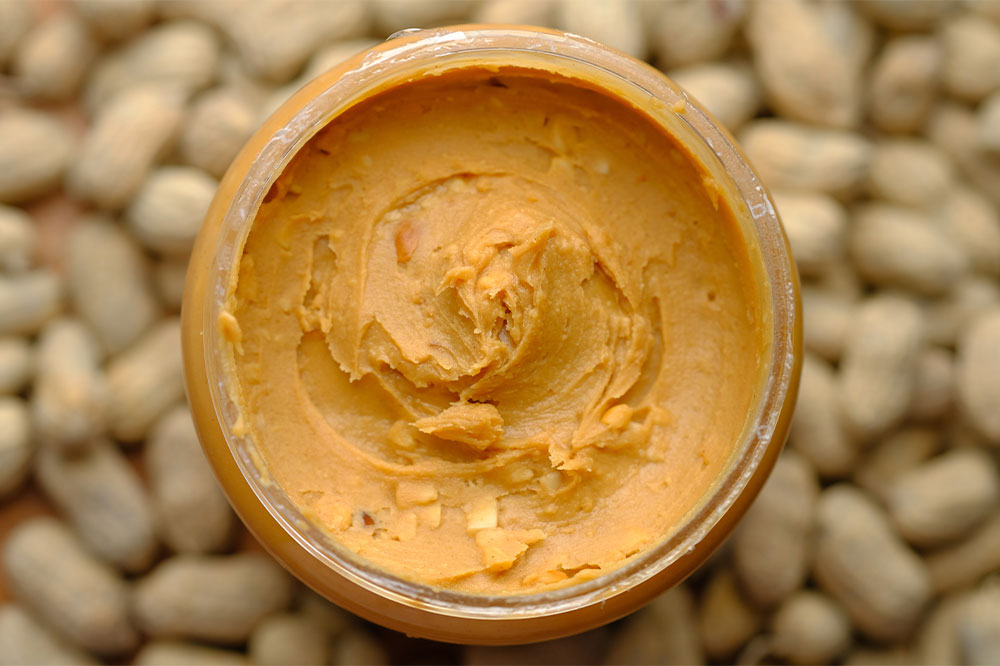Huntington’s disease – Symptoms, causes, and management

In the realm of neurological disorders, Huntington’s Disease (HD) stands as a formidable adversary, relentlessly encroaching upon the lives of those afflicted. HD is a hereditary, progressive neurodegenerative disorder that impairs both motor and cognitive functions, leading to a profound deterioration in an individual’s quality of life. With a genetic underpinning involving the expansion of CAG trinucleotide repeats, HD presents a complex clinical picture characterized by a range of motor symptoms, cognitive impairments, and psychiatric manifestations.
Motor symptoms
- Chorea
One of the hallmark symptoms of Huntington’s Disease is chorea, characterized by involuntary, jerky, and unpredictable movements of the limbs, face, and other body parts. These movements can be mild or severe and often interfere with activities of daily living. - Dystonia
Individuals with HD may experience muscle contractions and abnormal postures known as dystonia. This symptom can lead to sustained muscle contractions, causing discomfort and difficulty maintaining a normal posture. - Bradykinesia
As the disease progresses, individuals may develop bradykinesia, a slowness of voluntary movements. This can affect one’s ability to initiate and complete tasks. - Impaired coordination
Huntington’s disease often leads to impaired coordination and balance. Individuals may have difficulty walking and may become prone to falls. - Difficulty swallowing
Dysphagia, or difficulty swallowing, is a common symptom in advanced stages of HD. This can lead to low BMI, malnutrition, and an increased risk of aspiration pneumonia.
Cognitive and psychological symptoms
- Cognitive decline
HD affects cognitive functions progressively. Individuals may experience difficulties with memory, attention, and problem-solving. They may also have trouble planning and organizing tasks. - Behavioral changes
Behavioral symptoms can include mood swings, irritability, and impulsivity. Individuals with HD may exhibit aggressive behavior, apathy, or social withdrawal. - Psychiatric symptoms
HD is associated with an increased risk of psychiatric symptoms, including depression and anxiety. In some cases, individuals may experience hallucinations or delusions. - Loss of insight
As the disease advances, individuals with HD may lose insight into their condition and exhibit denial of their cognitive and motor impairments. - Personality changes
Personality changes can be profound in individuals with HD. They may become more self-centered, rigid in their thinking, or exhibit disinhibited behavior.
Other symptoms
- Speech difficulties
Speech may become slurred and difficult to understand as the disease progresses. Articulation and vocal control deteriorate over time. - Sleep disturbances
Insomnia and other sleep disturbances are common in individuals with HD, further exacerbating cognitive and motor symptoms. - Rigidity
Some individuals with HD may experience muscle rigidity, making movements stiff and uncomfortable. - Seizures
While less common, seizures can occur in individuals with HD.
Causes of Huntington’s disease
Huntington’s disease has a clear genetic basis, primarily caused by a mutation in the HTT gene, located on chromosome 4. This mutation involves the expansion of a CAG trinucleotide repeat within the gene. The length of this repeat determines the severity and age of onset of the disease. Individuals with 36 or more CAG repeats are at risk of developing Huntington’s disease (HD), with longer repeats associated with earlier onset of symptoms. This can further lead to the production of an abnormal protein called mutant huntingtin (mHTT). This mutant protein disrupts various cellular processes, particularly in neurons, where it accumulates and forms toxic aggregates. The exact mechanisms by which mHTT causes neuronal dysfunction and death are still being studied, but it is believed to interfere with vital cellular functions such as protein processing, mitochondrial function, and intracellular transport.
Management options
Managing Huntington’s disease (HD), a relentlessly progressive neurodegenerative disorder poses complex challenges for individuals affected and their caregivers. While there is no cure for HD, a multifaceted approach aims to alleviate symptoms, enhance quality of life, and provide the necessary support.
Physical and occupational therapy
Physical and occupational therapy are crucial components of HD management:
- Physical therapy
Physical therapists devise tailored exercise routines to address motor impairments and maintain mobility. This helps individuals preserve their strength, balance, and coordination, delaying the progression of physical disability. - Occupational therapy
Occupational therapists assist individuals in developing strategies and adaptive techniques to maximize their independence in daily activities. These therapists focus on improving fine motor skills, facilitating activities of daily living, and ensuring safety within the home environment.
Speech and swallowing therapy
Speech therapists are essential in managing speech and swallowing difficulties in individuals with HD. As the disease progresses, speech may become slurred and difficult to understand, and swallowing problems can lead to malnutrition and aspiration pneumonia. Speech therapists help individuals improve communication skills and implement strategies to address these issues.
Counseling and support
Counseling and psychological support are vital aspects of HD management, benefiting both individuals with HD and their caregivers:
- Psychotherapy
Psychotherapy can help individuals cope with the emotional and psychological challenges posed by HD. Cognitive-behavioral therapy (CBT) and supportive counseling may be utilized to address mood disturbances, anxiety, and stress. - Support groups
Support groups provide individuals and families affected by HD with a platform to share experiences, gain insights, and find emotional support. These groups often help participants navigate the challenges of caregiving and coping with a progressive neurodegenerative disease. - Genetic counseling
For individuals with a family history of HD or those at risk of inheriting the mutated gene, genetic counseling is crucial. Genetic counselors offer information about the genetic basis of HD, assess an individual’s risk, and provide guidance on family planning and genetic testing decisions.
Research and clinical trials
Participation in research studies and clinical trials is a proactive approach for individuals with HD. These endeavors aim to advance our understanding of the disease and test potential therapies. Engaging in clinical trials provides access to experimental treatments that offer some hope for symptom management and disease modification.
Hospice care
In the advanced stages of HD, hospice care may become necessary to provide comfort and enhance the quality of life. Hospice teams focus on pain management, symptom relief, and emotional support for the individual with HD and their family.







